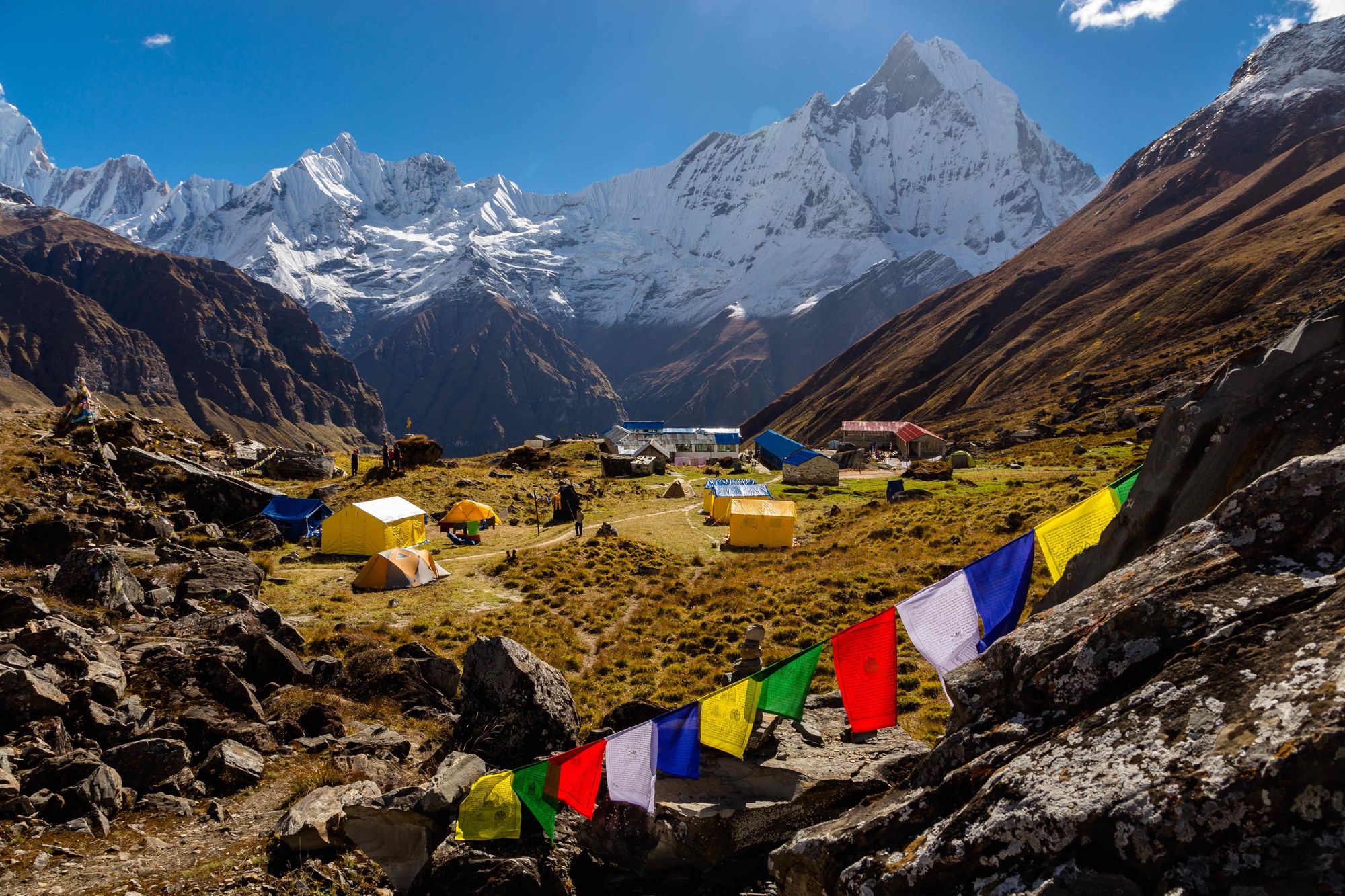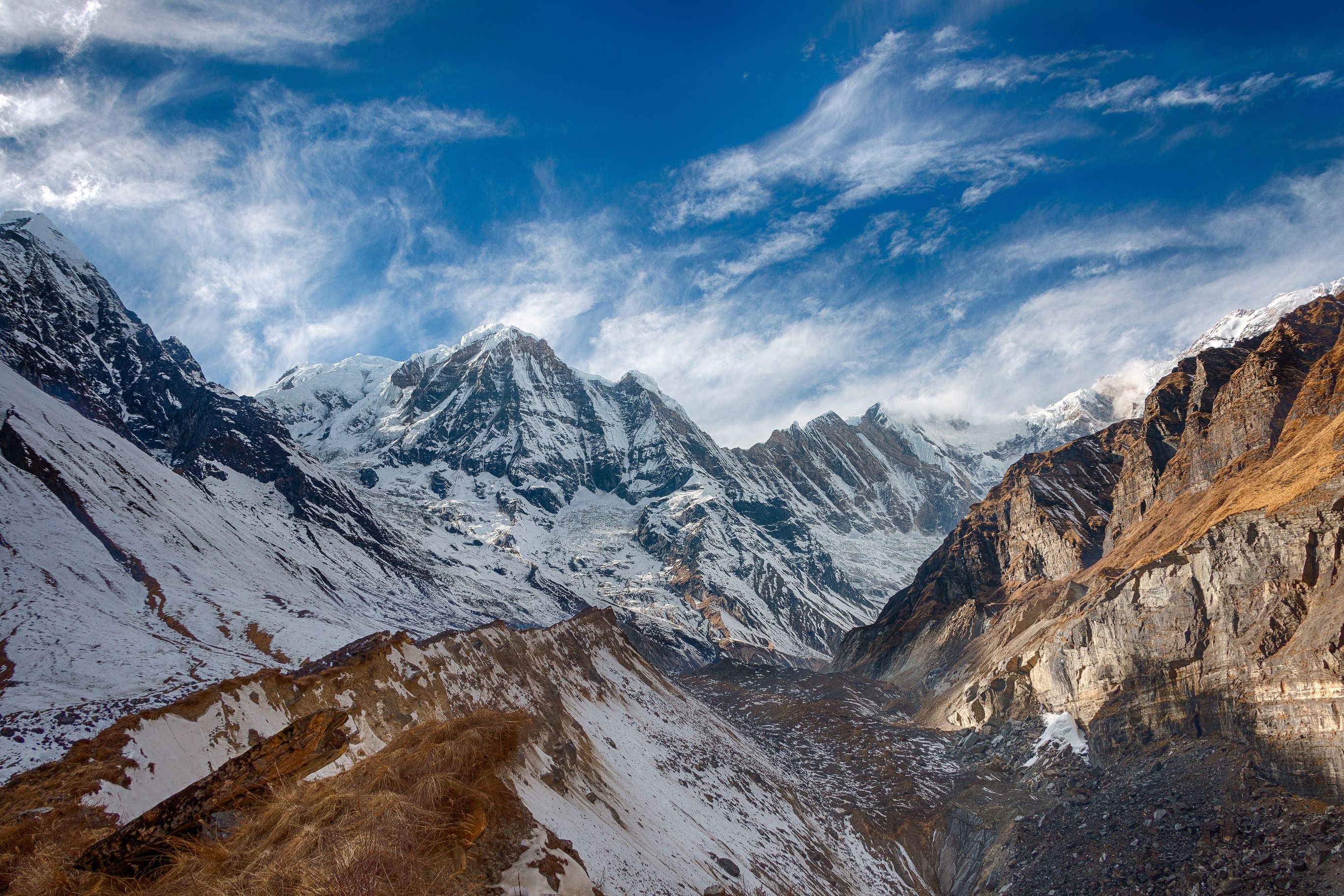
The Annapurna region is the second-most popular trekking region in Nepal. It's home to the legendary long distance Annapurna Circuit route, as well as the fantastic Annapurna Sanctuary trek (also known as the Annapurna Base Camp/ABC route) and many more high altitude, beautiful Himalayan treks.
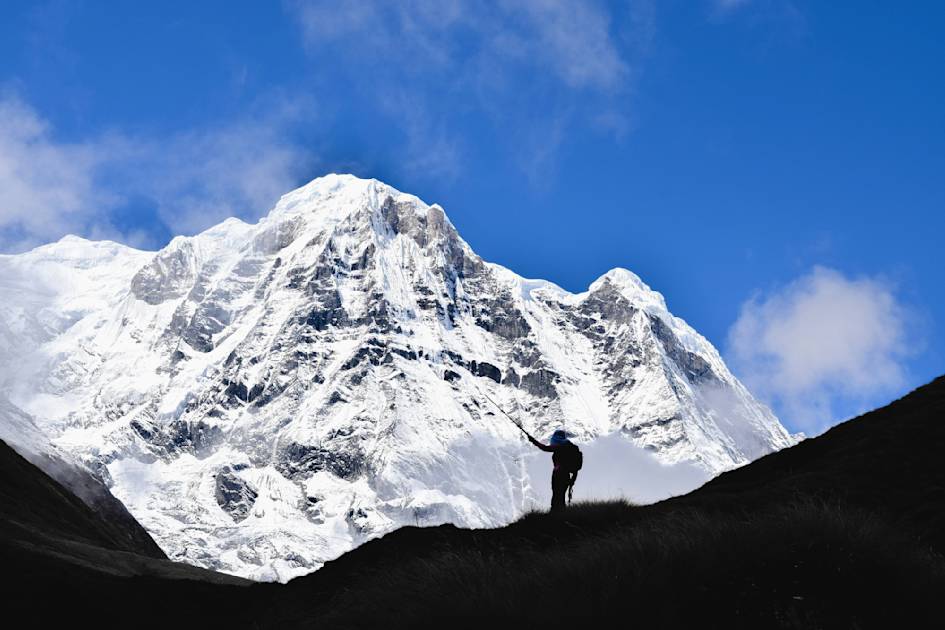
The Annapurna region lies to the north of Pokhara, so is very accessible by car or bus. The Annapurna Conservation Area is Nepal’s largest protected area, and many treks around the Annapurna Himalaya fall within it. It’s a large area that includes parts of the Manang, Mustang, Kaski, Myagdi, and Lamjung Districts.
A major advantage of trekking in the Annapurna region is that many treks here don’t require back-tracking. That is, on the fifteen-day Everest Base Camp trek, the final days are spent retracing your steps back down to Lukla. It's an out and back trek. On the Annapurna Circuit, though, you don’t need to back-track, making every day’s experience new.
Another major advantage is the region’s accessibility. The Annapurna range from Pokhara - the gateway city to the mountains - is a few hours away on a bus. It’s possible to do short treks of just three or four days in the Annapurna Himalaya, without the need for mountain flights. So you can avoid the extra carbon of internal flights - and the Annapurna short trekking options are really fantastic.
The infrastructure in the Annapurna region is good too, with comfortable lodges in some areas and basic ones in others (although in the more remote areas, camping is necessary). Road construction in the area in the last few years have changed the character of some treks here. Some older trekking routes are not as popular as they once were because of the need to walk along dusty road for part of the way. But, road construction has also opened up some areas and made them more accessible to trekkers. Be sure to check out our feature on altitude sickness before going, too.
Please note: On the 1st April 2023, the Nepal Tourist Board (NTB) made changes to the trekking laws for all foreign trekkers, cyclists, and mountain climbers visiting Nepal's mountain regions and national parks. All trekkers (solo or in a group) must now be accompanied by a licensed guide. To learn more about what this means for you, read our update on the Nepal trekking requirements.
Annapurna Circuit
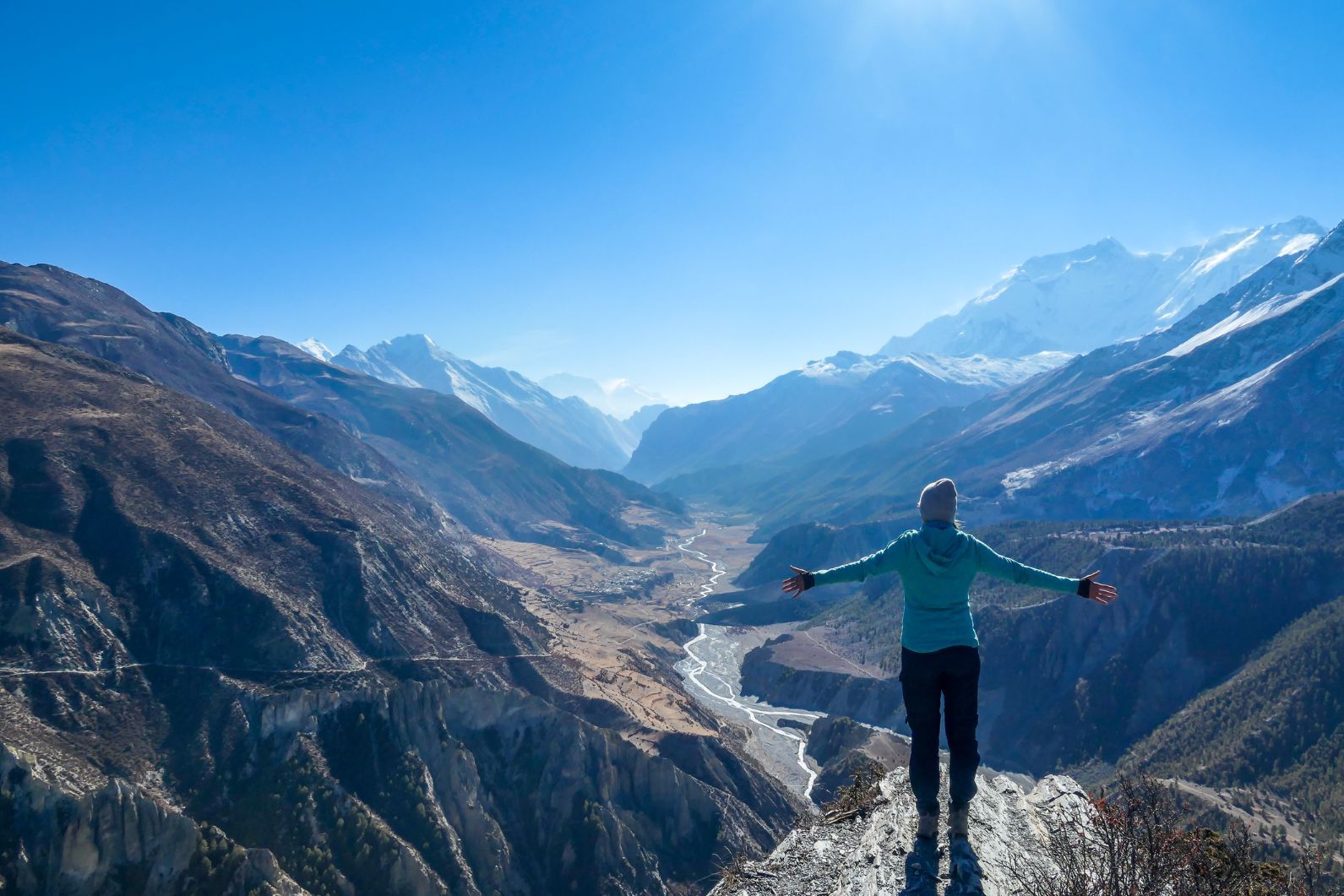
The Annapurna Circuit is one of the classic treks in Nepal, and includes incredible hill and mountain scenery and interesting local cultures. The landscape changes dramatically in a relatively short distance, from green farmland to snowy mountains to barren land in the rainshadow of the Himalaya. As it is a circuitous route, every day on the Annapurna Circuit is new and brings fresh experiences and views. The high point (literally!) is the 5416 metre Thorong La (pass), which separates Manang and Lower Mustang.
In recent years, road construction has changed how most people trek the Annapurna Circuit. Instead of taking around 20 days, most trekkers make it around 14 days, to avoid trekking along the road. Ending at Jomsom is convenient, as you can either fly or take a bus back to Pokhara.

Trekking the Annapurna Circuit is a bucket list item for many people for good reason. From the teahouses and trail views to the guides and porters you'll meet, to the crossing of Thorong La pass, this route is an absolute beauty.
Annapurna Base Camp / Annapurna Sanctuary
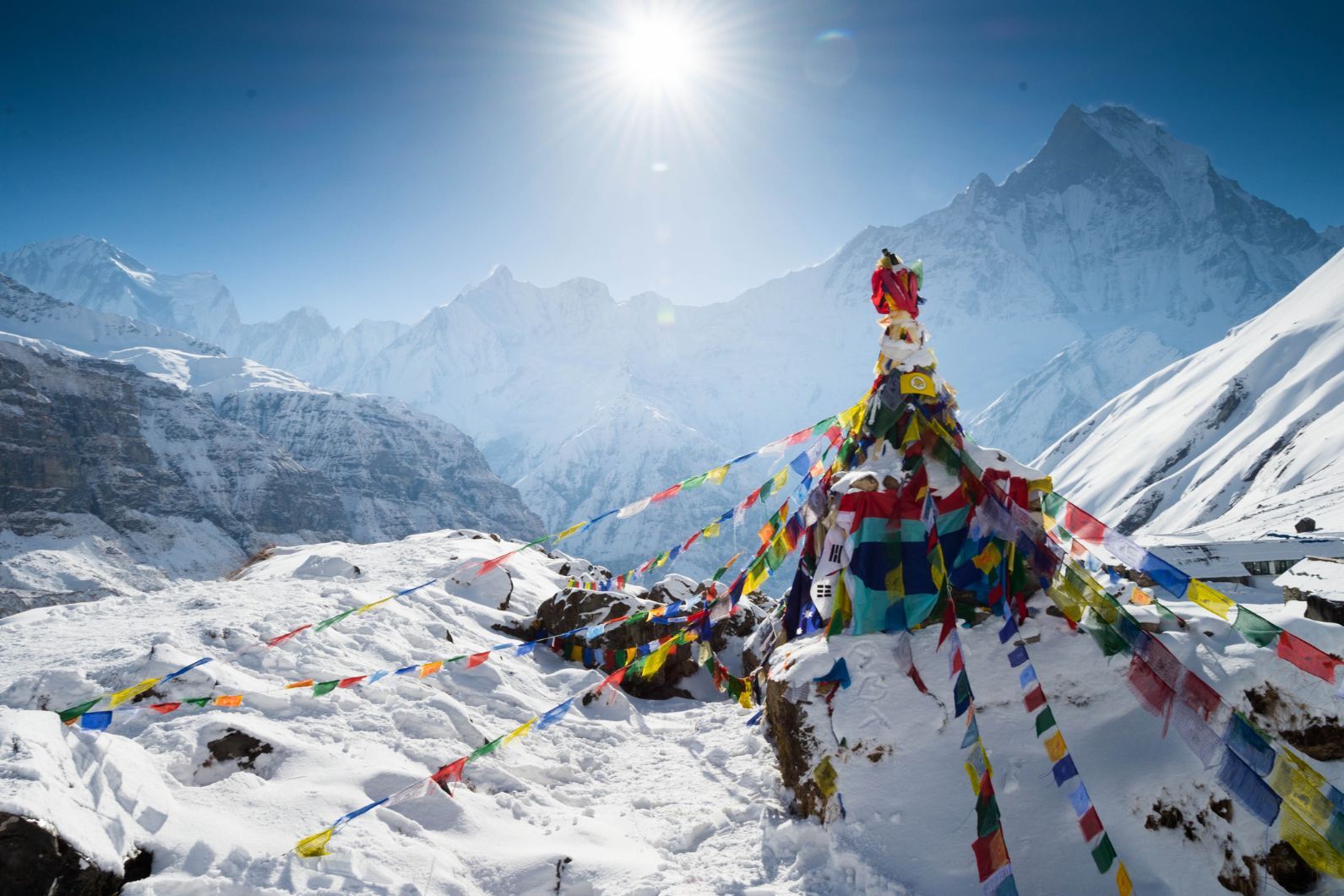
A wide variety of landscapes can be found on this trek, from sub-tropical valleys to terraced fields, colourful Rhododendron forests to alpine vegetation; and, of course, the rocky, snow-capped Annapurna Range of the Himalaya. Following the narrow Modi River Valley, trekkers pass waterfalls and plunge pools in the lush green valley. While many mountains can be seen along the way and from Base Camp itself, two highlights are Annapurna (8091 metres) and Dhaulagiri (8167 metres). Instead of circling around the mountains, as the Annapurna Circuit does, the Annapurna Base Camp trek takes you right to their foot. Allow 10-12 days.
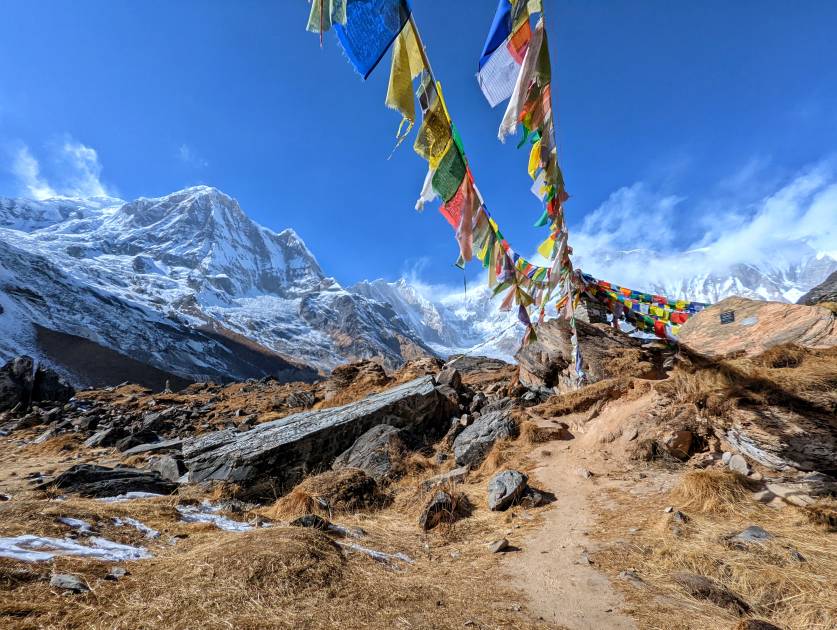
Poon Hill-Ghorepani
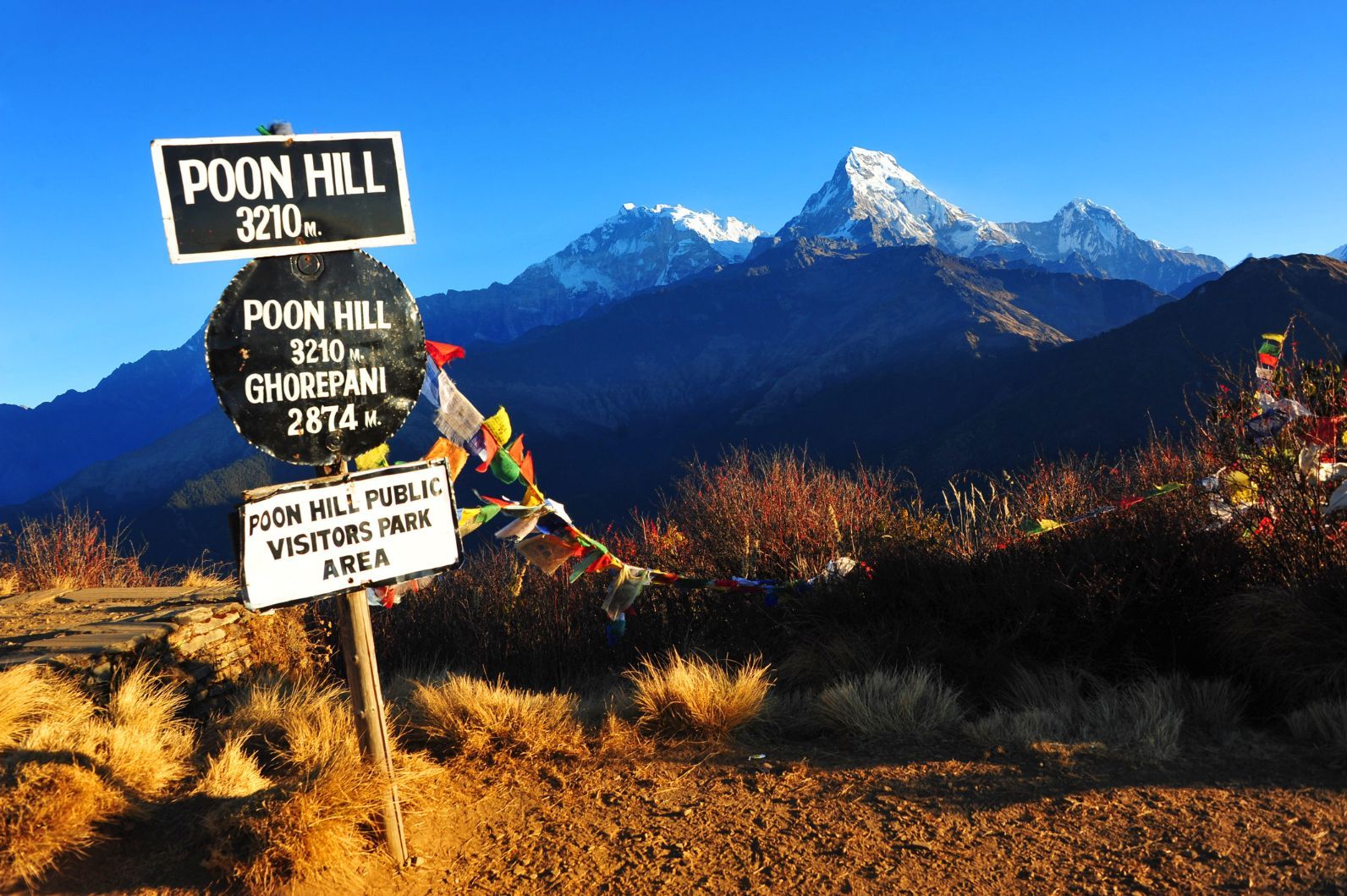
The Poon Hill-Ghorepani trek is one of the best Annapurna short trekking options. It's actually known as an ‘easy’ option in the Annapurnas, but that isn’t necessarily true. There are some steep ascents, including a pre-dawn climb to the top of Poon Hill for a sunrise view. But, for trekkers who cannot or do not want to embark on a long trek, Poon Hill is a good option.
The first part of this trek passes through ethnic Magar villages with terraced farmland and trails shaded with thick woods. It culminates with an early morning hike from Ghorepani to the top of Poon Hill (3210 metres), from where views of Annapurna South, Annapurna Fang, Machapuchare (Fishtail), Annapurna II, the Lamjung Himal Range, Dhaulagiri, Tukuche Peak and Dhampus Peak can be seen. Allow a minimum of three days for the Poon Hill trek, although four or five are more comfortable.
While the Poon Hill-Ghorepani trek is stunning, it is also very popular, and during peak season, you won’t be enjoying the sunrise views from Poon Hill alone. Alternative routes in the same area that follow different ridgelines and pass through different villages but share many of the same views and are of a similar duration are the Kopra Danda and the Annapurna Community Eco-Lodge Treks.
Lake Tilicho
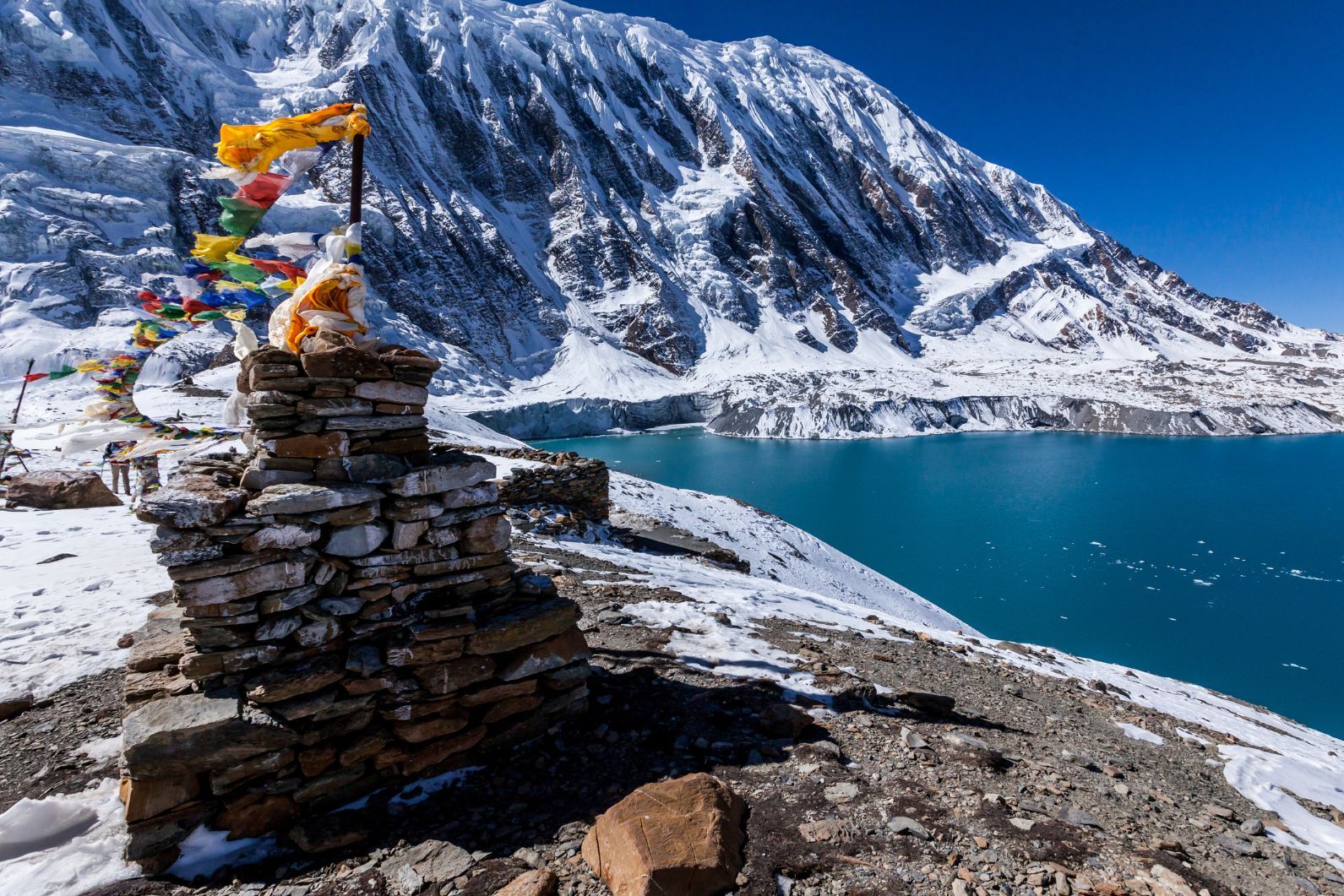
The trek to Lake Tilicho is actually a detour from the Annapurna Circuit route. From the village of Manang, continue to Tilicho Base Camp (3734 metres) and then on to Tilicho Lake (4919 metres). The detour is a worthwhile trip in its own right, as Tilicho Lake is often called the most beautiful in Nepal. It is the highest lake of its size in the world, and its pristine blue-green waters are surrounded by snow-capped peaks. From the lake, continue on the Annapurna Circuit over the Thorung La and down into Lower Mustang.
Lower Mustang
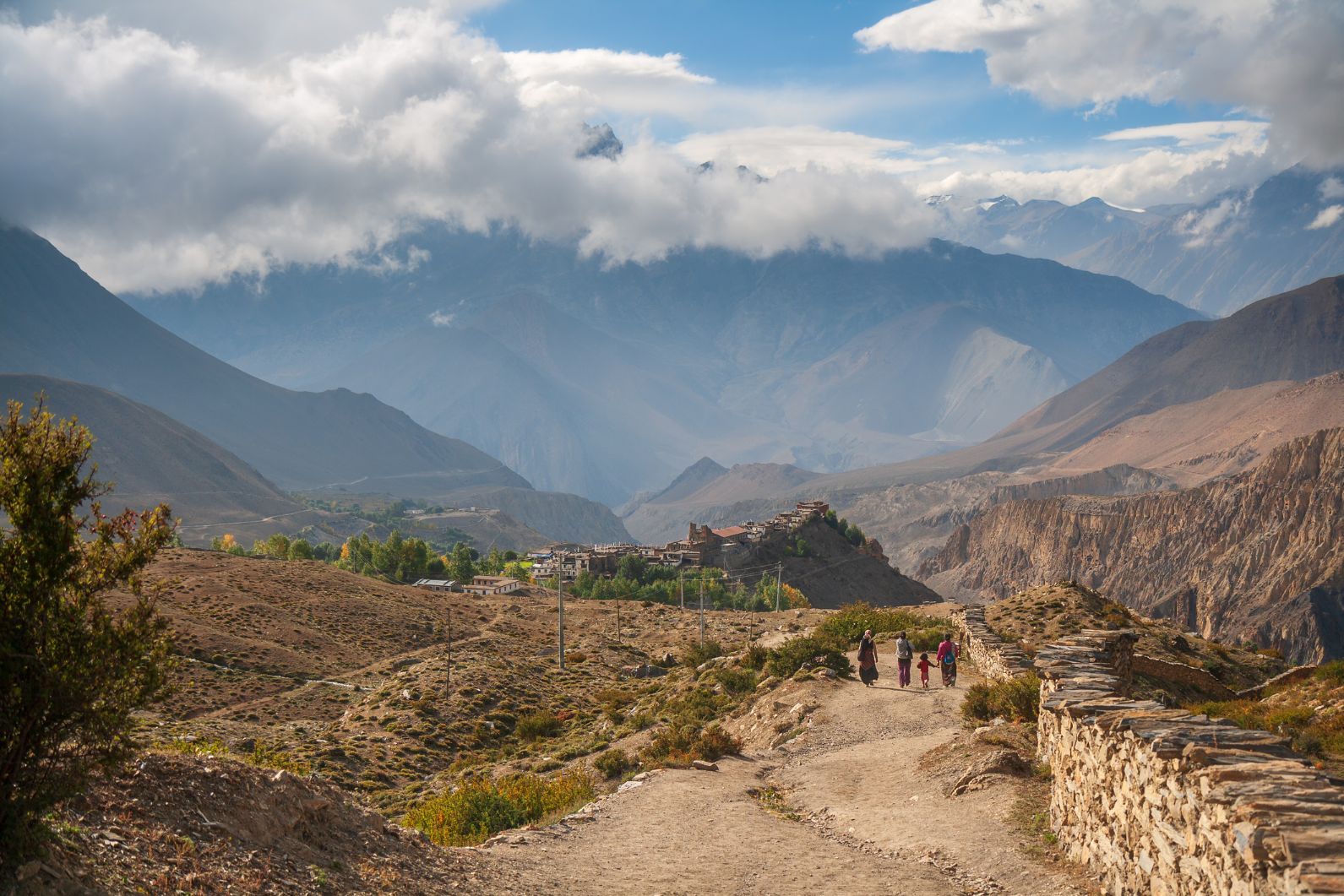
Lower Mustang can be visited on the last leg of the Annapurna Circuit trek, but it’s also worthy of visiting in its own right. Plus, you don’t have to trek here, as Jomsom town is accessible by bus (15+ hours) or flight (30 minutes) from Pokhara. Mustang is in the rainshadow of the Himalaya, meaning it is geologically and topographically completely different from much of the rest of Nepal. The land is dry and barren, the sun harsh and the wind strong.
As well as Jomsom, the towns of Marpha and Kagbeni are highly worth visiting. Marpha is surrounded by orchards, and Kagbeni is home to a tumble-down old palace. From Kagbeni you can trek or drive up to the sacred temple at Muktinath, and explore the rocky side valleys littered with fossilised sea creatures and meditation caves. Lubra is an unusual village as it’s one of the last homes of the Bon religion, which predates Buddhism in the area. Numerous day hikes around the area are possible.
Nar Phu Valley
The Nar Phu Valley is actually tucked between the Annapurna and the Manaslu regions, in the rainshadow of the Himalaya. A 9-day trek here makes for an adventurous addition to the Annapurna Circuit, or is a worthwhile trip in its own right. The Nar Phu Valley was closed to visitors until 2003, and it’s still a very remote and under-visited area. It’s ideal for trekkers who have already done some of the more ‘mainstream’ treks in Nepal. There are high peaks and passes, remote villages, narrow canyons, amazing rock formations and untouched Tibetan Buddhist cultures. The trails are pretty rugged, and at times are cut high into the sides of cliffs.
Inspired? Check out our Annapurna adventures with local hosts.

